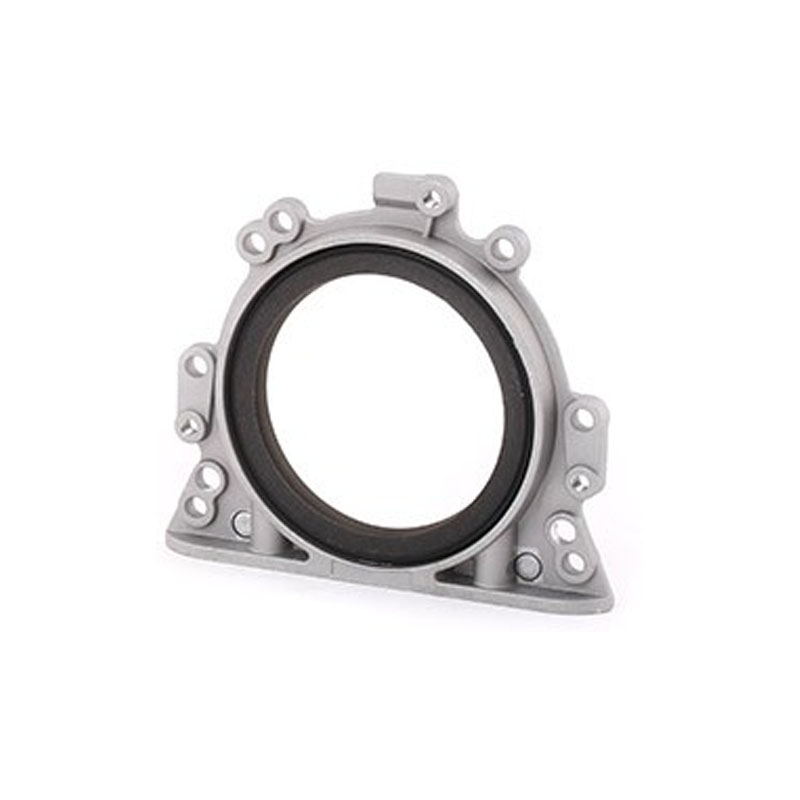oil pan drain plug
Understanding the Oil Pan Drain Plug An Essential Component for Vehicle Maintenance
The oil pan drain plug is a small yet crucial part of a vehicle's engine oil system. It plays a vital role in the regular maintenance of the engine and contributes significantly to the overall health and longevity of the vehicle. Understanding the function, importance, and care of the oil pan drain plug can help car owners make informed decisions about their vehicle maintenance routines.
The primary function of the oil pan drain plug is to provide an access point for draining the engine oil from the oil pan. The oil pan, located at the bottom of the engine, collects and stores the engine oil, which lubricates various moving parts, reduces friction, and helps in cooling the engine. Over time, engine oil can become contaminated with dirt, metal shavings, and other debris. Regularly changing the oil is essential to ensuring optimal engine performance, and the drain plug is the gateway for this essential task.
When performing an oil change, mechanics or vehicle owners will remove the drain plug to allow the old oil to flow out completely. It's essential that this process is done with care; stripping the threads of the drain plug or leaving it loose can lead to leaks and potential damage to the engine. Most drain plugs are designed with a seal or washer to prevent leaks. Periodically inspecting this washer and replacing it, if necessary, can help maintain a proper seal and prevent oil leaks.
oil pan drain plug

Choosing the correct drain plug is critical, especially if you need to replace it. The market offers various types, including magnetic drain plugs that attract metal shavings and other impurities in the oil, which can improve engine life. It's important to refer to the vehicle’s manual to obtain the correct specifications for size and type, as using an incorrect plug can lead to serious mechanical issues.
Proper torque specifications also play a vital role in the maintenance of the oil pan drain plug. When tightening the plug after an oil change, it should be secured to the manufacturer’s recommended torque setting. Over-tightening can lead to damaged threads or deformation of the oil pan, while under-tightening can result in leaks. A torque wrench is an essential tool for achieving the correct tension during installation.
For DIY car enthusiasts, understanding the oil pan drain plug’s role in vehicle maintenance is empowering. Regular checks on the condition of the plug can save time, money, and prevent more serious engine problems. If discoloration, rust, or wear is noted on the drain plug, it’s wise to address the issue promptly by replacing it. Additionally, it’s a good practice to change the oil filter every time the oil is changed to ensure that fresh oil circulates through a clean system, which further enhances engine efficiency.
In conclusion, the oil pan drain plug may be a small component, but its contribution to vehicle maintenance is significant. Regularly changing engine oil and utilizing the drain plug correctly ensures that the engine runs smoothly and efficiently. By understanding its function, maintaining it properly, and being vigilant about the condition of the drain plug, vehicle owners can take proactive steps toward achieving optimal engine performance and longevity. Regular maintenance, combined with knowledge of components like the oil pan drain plug, equips car owners for a successful journey with their vehicles.
-
Understanding the Front Main Engine Seal: Purpose, Maintenance, and Installation
News Jul.29,2025
-
Understanding O-Rings and Seal Rings: Types, Applications, and Custom Solutions
News Jul.29,2025
-
Understanding Crankshaft Oil Seals: Rear Seals, Pulley Seals, and Their Role in Engine Integrity
News Jul.29,2025
-
The Importance of Front and Rear Crankshaft Seals in Engine Performance and Oil Management
News Jul.29,2025
-
Crank Oil Seals: Functions, Types, and Cost Considerations in Engine Maintenance
News Jul.29,2025
-
A Comprehensive Guide to O-Rings and Seals: Types, Materials, and Global Applications
News Jul.29,2025
-
Mastering Diesel and Performance Engine Maintenance: A Guide to Critical Oil Gaskets
News Jul.28,2025
Products categories















